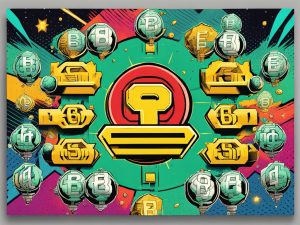Cardano vs. Base: The Battle of Total Value
In the competitive world of blockchain networks, Cardano and Base are engaged in a fierce battle for builders, users, and capital. Cardano, a layer-1 decentralized blockchain using the UTXO model, faces off against Base, a layer-2 blockchain developed by Coinbase.
According to a comparison made by Parul Gujral, founder of Snowball Money and a Forbes contributor, Base boasts a Total Value Locked (TVL) of $422 million, almost three times higher than Cardano’s $168 million TVL.
However, it’s important to note that Base does not have its own token and therefore does not have any MCap/TVL scores. On the other hand, Cardano’s TVL ratio to market capitalization is below 1.0, indicating a higher value locked than its token’s market cap.
Is Base Superior to Cardano?
While Base supporters may argue that the centralized layer-2 network controlled by Coinbase is better than Cardano, the concept of “better” is subjective and varies from person to person. Both projects have their own trade-offs, and evaluating them solely based on Total Value Locked would be incomplete.
As Conrad, COO at Kora Labs, a software development company working with Cardano, pointed out, Base faced an outage on September 5, causing a halt in block production and transaction validation until it was restarted. This outage was caused by issues with six components, with five experiencing major outages and one experiencing a partial outage.
In contrast, Cardano has a significantly higher threshold for partial or major outages to impact the network. It only experienced a short-lived outage affecting over 50% of the network on January 21, 2023, which was automatically resolved within minutes. Prior to that, the Cardano network had a flawless four-year record with over 20 million transactions.
Hot Take: Cardano Emerges as the More Reliable Blockchain
While Base may have a higher TVL, Cardano’s track record of stability and resilience makes it a more reliable choice for builders and users. The recent outage of Base raises concerns about its centralized nature and vulnerability to component failures. As the battle continues, individuals must carefully assess their own perception of value and consider the trade-offs between these two blockchain networks.





 By
By
 By
By
 By
By
 By
By
 By
By